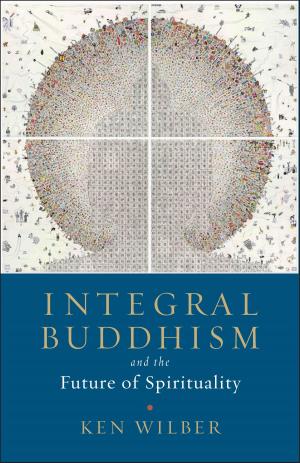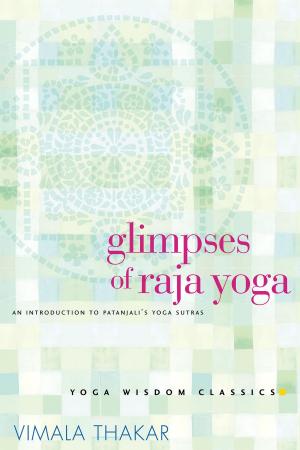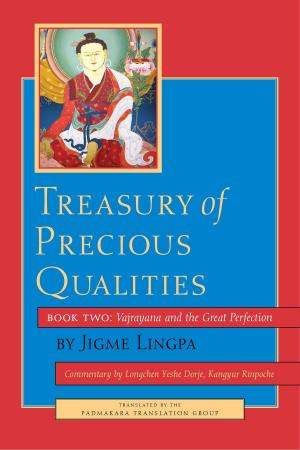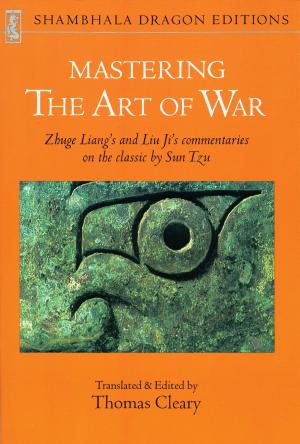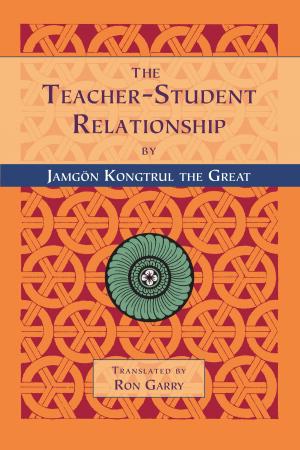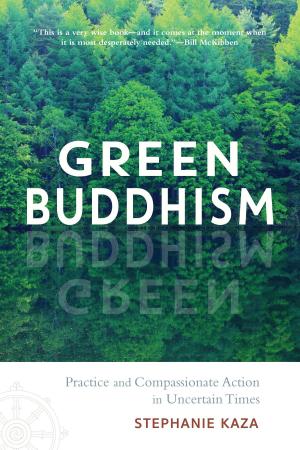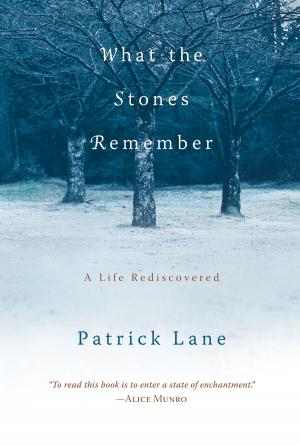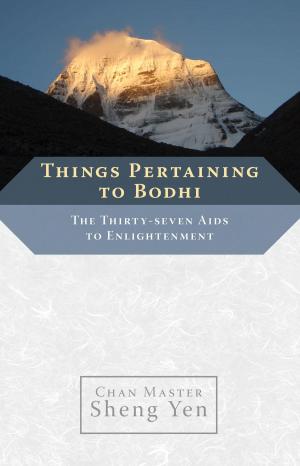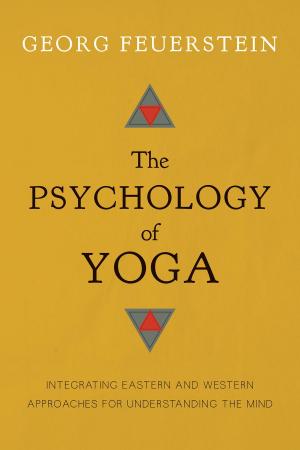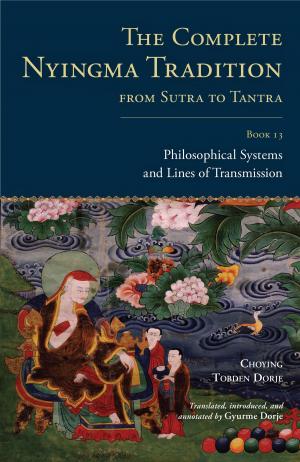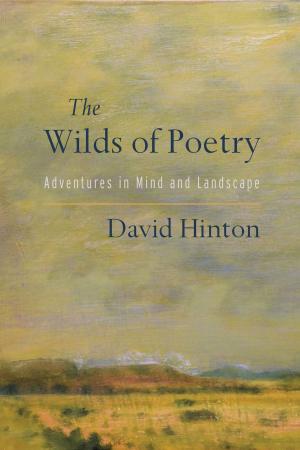The Heart Sutra
A Comprehensive Guide to the Classic of Mahayana Buddhism
Nonfiction, Religion & Spirituality, Eastern Religions, Zen Buddhism, Buddhism| Author: | Kazuaki Tanahashi, Roshi Joan Halifax | ISBN: | 9780834829688 |
| Publisher: | Shambhala | Publication: | January 13, 2015 |
| Imprint: | Shambhala | Language: | English |
| Author: | Kazuaki Tanahashi, Roshi Joan Halifax |
| ISBN: | 9780834829688 |
| Publisher: | Shambhala |
| Publication: | January 13, 2015 |
| Imprint: | Shambhala |
| Language: | English |
The Prajna Paramita Hridaya Sutra is among the best known of all the Buddhist scriptures. Chanted daily by many Zen students, it is also studied extensively in the Tibetan tradition, and it has been regarded with interest more recently in the West in various fields of study—from philosophy to quantum physics. In just thirty-five lines, it expresses the truth of impermanence and the release from suffering that results from the understanding of that truth with a breathtaking economy of language. Kazuaki Tanahashi’s guide to the Heart Sutra is the result of a life spent working with it and living it. He outlines the history and meaning of the text and then analyzes it line by line in its various forms (Sanskrit, Chinese, Japanese, Korean, Tibetan, Mongolian, and various key English translations), providing a deeper understanding of the history and etymology of the elusive words than is generally available to the nonspecialist—yet with a clear emphasis on the relevance of the text to practice. It includes a fresh and meticulous new translation of the text by the author and Roshi Joan Halifax.
The Prajna Paramita Hridaya Sutra is among the best known of all the Buddhist scriptures. Chanted daily by many Zen students, it is also studied extensively in the Tibetan tradition, and it has been regarded with interest more recently in the West in various fields of study—from philosophy to quantum physics. In just thirty-five lines, it expresses the truth of impermanence and the release from suffering that results from the understanding of that truth with a breathtaking economy of language. Kazuaki Tanahashi’s guide to the Heart Sutra is the result of a life spent working with it and living it. He outlines the history and meaning of the text and then analyzes it line by line in its various forms (Sanskrit, Chinese, Japanese, Korean, Tibetan, Mongolian, and various key English translations), providing a deeper understanding of the history and etymology of the elusive words than is generally available to the nonspecialist—yet with a clear emphasis on the relevance of the text to practice. It includes a fresh and meticulous new translation of the text by the author and Roshi Joan Halifax.


